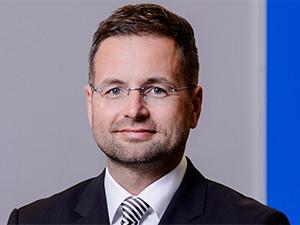
NetApp has appointed its area vice-president for Central Europe and Russia, Alexander Wallner, to manage the company's business operations in the Middle East, Eastern Europe and Africa (MEEEA).
The region was previously managed by Thomas Ehrlich, VP for NetApp's partner ecosystem in Europe, the Middle East and Africa (EMEA).
"We are making these shifts for two reasons," explains Manfred Reitner, senior VP and GM for EMEA. "One pillar of our strategy is expanding our offerings and success into leading global enterprises.
"As vice-president global accounts and partner ecosystem, EMEA, Ehrlich will take on the additional role managing our global customer accounts based in EMEA."
Wallner's immediate plan is to enhance customer, partner and business development and execution of sales and marketing strategies.
"Expanding the NetApp customer base remains the core focus of NetApp. All of that will give us a chance to expand our footprint in these markets," says Wallner.
NetApp will structure its African and Middle East business from previously two to three regions - East and West Africa; Angola, SADC; and the Middle East and North Africa.
"We have changed the setup to better reflect the needs of the Africa region on the one hand and our global accounts on the other hand, hence the transfer of responsibilities between Ehrlich and me," Wallner says.
The direct responsibility for Africa as part of MEEEA and Russia and the Commonwealth of Independent States remains with Konstantin Ebert, he adds.
NetApp is currently seeing that in the African market, end-users are looking for solutions that will deliver long-term functionality and in some cases customers are changing their procurement models to accommodate this, says Wallner.
Share